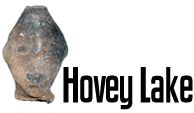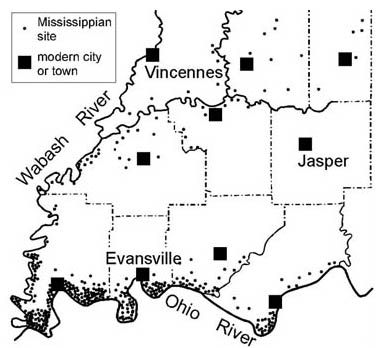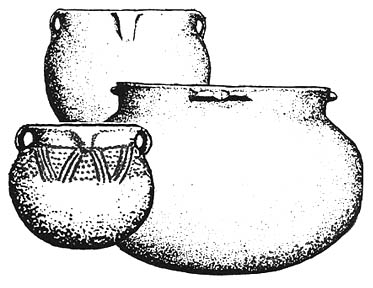 |
CURRENT
RESEARCH |
INDIANA
ARCHAEOLOGY
MONTH 2003 Calendar What is Archaeology? Exhibits Public Lecture Artifact Identification Day Excavation Open House |
| Research
at the Hovey Lake site in 2003-2005 is supported by: a grant from
the Federal Highway Administration (FHWA)
under the Transportation Enhancement Program, Indiana
University, and private contributions. The Indiana
Department of Transportation (INDOT) administers the TE grant.
Also contributing to the research project are: the Indiana State Museum, University of Southern
Indiana, University of
Evansville, Indiana State
University, and community groups and volunteers. |
Questions
or Comments?
|
Last
Updated 9.6.2003
|
What is Archaeology?
Archaeology is
the study of past cultures based on scientific analysis of material remains,
including written documents. It is a way to understand our common heritage.
Both
prehistoric and historic archaeological sites are part of Indiana’s
heritage.
They are a unique source of information about the people who lived before us.
Prehistoric sites and artifacts are the only record of the many cultures
that existed before written accounts. In southwestern Indiana, prehistoric
archaeological sites represent ancient Native American cultures. The
ancient peoples had diverse lifeways rather than a single culture, and
they differed from the historic tribes encountered by the first Euro-Americans
to visit this region.
Historic archaeological
sites provide key information not included in written records. This
is the “below ground” component
that surrounds most historic structures.
Archaeological evidence includes artifacts, features, and sites.
Artifacts are
objects that were made or used by people. Pottery, china, spear points,
bone scrapers, gun parts, waste flakes from making stone
tools, bricks, and food remains are all artifacts. Artifacts include
whole objects, plus fragments and refuse everyday living and manufacturing.

Brass ornament
from an early 1800's musket
Features are material remains that cannot be transported, such as soil stains, fire-pits, wall foundations, and post holes.
Sites are places where human activity resulted in features or deposits of artifacts. Sites in southwestern Indiana range in size from a small camp to an entire town. They also vary from special-purpose (e.g. a mill, a hunting camp) to a multi-function (a village with a wide array of buildings).

Sites from recent prehistory known to exist in Southwestern
Indiana
The primary clues that archaeologists use to reconstruct past cultures and to examine ideas about cultural relationships and changes are:
- Dating (stratigraphy,
radiocarbon, maker’s marks on historic
objects, written documents)
- Types and functions
of artifacts and features
- Associations of artifacts and features found in undisturbed deposits

Reconstructions of pottery
jars used by the Caborn-Welborn people (A.D. 1400-1700)
For example, by finding associated fragments of pottery of different vessel shapes and sizes, archaeologists learned that Native Americans had a long tradition of making a wide range of ceramic containers for various purposes (cooking in jars and wok-like pans, water containers, storage pots, serving bowls, etc.)

